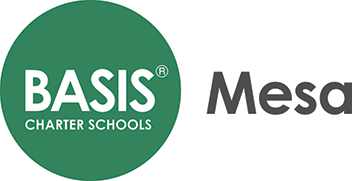Navigating Aviation programs
Sidd s -
Hey everyone, and welcome back to another blog post. I have some insights into aviation from my interviews with pilots.
During one of my flights, I had the chance to interview my flight instructor while cruising in the air. I learned a lot about his career and what aviation is like behind the scenes. He began his journey in aviation at the age of 17, much like me. He came from a long line of airline pilots—his father and grandfather were both pilots. Because of this, getting into aviation and finding his passion wasn’t very hard for him. He went to flight school, became an instructor, and is accumulating as many hours as he can (1,500+) before heading to the airlines.
He also shared some valuable information regarding aviation programs that can help ensure a successful career. For example, he’s part of the United Aviate program. This program allows its members to be hired into the United workforce upon completing the 1,500-hour requirement. It provides a great gateway into aviation and gives many aspiring pilots the opportunity to pursue their careers. Because the process of becoming an airline pilot is so selective, this program is very helpful for any young and ambitious pilot.
Another important insight relates to the flight hour requirement. While 1,500 hours is the minimum needed to be hired by the airlines, it’s not always enough. To secure a better chance of landing a job, you need to stand out from the rest of the applicant pool. Many beginning pilots now aim for 1,700 to 2,000 hours—a big stretch from the minimum. Airlines like to hire people with more experience, thus having more flight hours is necessary. While this means extra work, the payoff is always worth it, both in terms of the job itself and the ability to pursue a passion as a career.
The United Aviate program is just one example of several programs offered by airlines. Delta’s Propel Pilot Career Path Program and Frontier’s Cadet Program are similar. However, Delta and Frontier’s programs offer a guaranteed interview but not a guaranteed job placement, unlike United’s. The interview does increase the chances of landing the job though- mainly because the applicant is building a relationship with the company. The best way to describe it is by comparing it to college applications; applying early and having alot if research experience at a college may increase your chances, but it doesn’t guarantee admission. While these programs are great for getting a head start, they vary in the level of commitment and certainty they offer. They’re also extremely selective, so the application process must be taken seriously. These programs accept a very little number of people. The United Aviate program received 7,500 applications, but only 240 students made it in. Delta and Frontier are no different, with similar acceptance rates to United. These programs depend on another factor that is really important- how many people the airlines wish to hire over the course of 10 years. Some airlines have intentions to greatly expand their fleet- but some don’t, and thus those airlines have lower acceptance rates for their programs.
Burnout was another factor he mentioned that affects the aviation community. He said that many students make the mistake of overloading themselves with coursework, flights, and tests all at once. They often push themselves to fly as much as possible—even when they desperately need a break—just to finish their hours quickly. In reality, this can ruin the passion they once had for aviation. What I learned from this is that it’s essential to take things in moderation, whether it’s in aviation or just in everyday life.
I hope you find these insights as helpful as I have. I plan to interview many other pilots in the future, so stay tuned for more important and interesting advice about aviation!

Comments:
All viewpoints are welcome but profane, threatening, disrespectful, or harassing comments will not be tolerated and are subject to moderation up to, and including, full deletion.